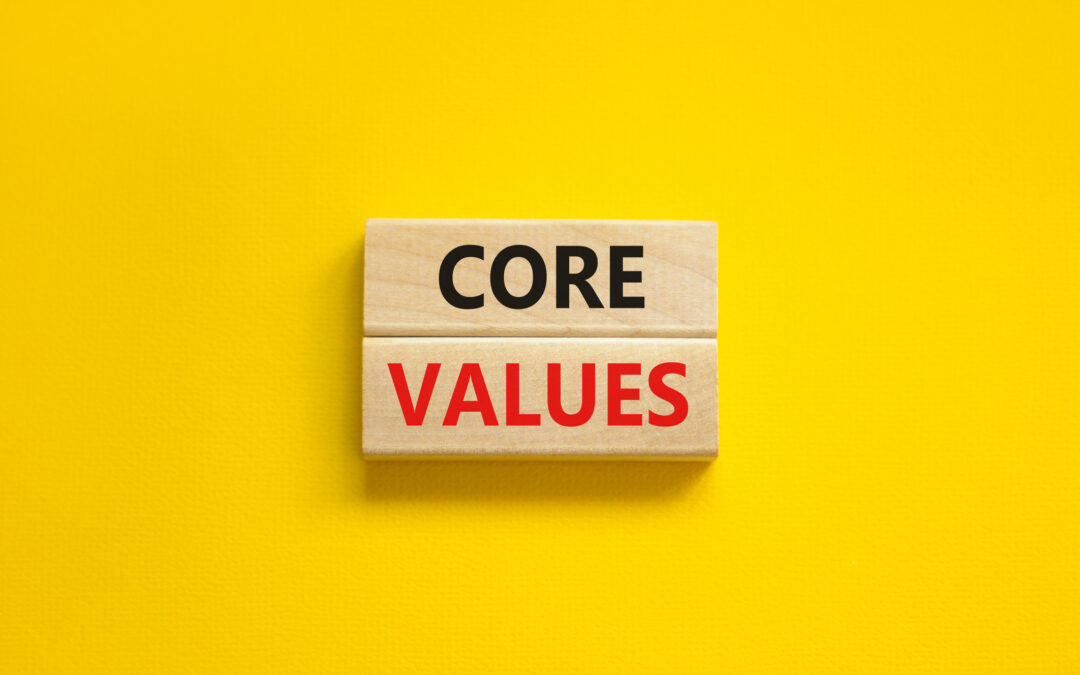Let’s try it out:
Find a comfortable seat in an environment where you feel safe. When you feel ready, begin to relax the muscles in and around your forehead, jaw, and shoulders. Take a deep breath in through your nose for a count of three – two – one. Pause at the top, and then when you’re ready, exhale through your mouth for a count of three – two – one. Pause at the bottom, and then repeat this pattern for as many times as you’d like. If the mind wanders, as it will, just notice and then gently invite it back to the breath. As you practice, feel free to lengthen or shorten the number of seconds you inhale, exhale, or pause the breath. Notice if you feel anything changing in the mind or body.

About the Author
Kayla Johnson is a Licensed Mental Health Counselor (LMHC) that loves to help clients that experience anxiety and panic. In addition to her work as a therapist, Kayla also teaches yoga! Here’s a link to her bio where you can learn more about Kayla and her work: https://starmeadowcounseling.com/counselors/kayla-johnson/

Get Outside For Your Brain
When I am among the trees, Especially the willows and the honey locust, Equally the beech, the oaks and the pines, They give off such hints of gladness I would almost say they save me, and daily. Excerpt, "When I Am Among The Trees" by Mary Oliver We live in a world...

Maintaining Sanity in a Work-Obsessed World
In today's fast-paced world, the pressure to excel professionally often comes at the cost of our mental and physical well-being. Anxiety, a common companion in this journey, can lead to burnout if left unchecked. Burnout is not merely feeling tired or stressed; it's a...

What is your “Why”? Core Values Exercises for Anxiety Resiliency
Anxiety often prompts us to steer clear of situations that trigger fear, causing many to shrink their lives to avoid such triggers. However, understanding and embracing our core values can provide a light through the darkness of anxiety and help us reconnect with a...

